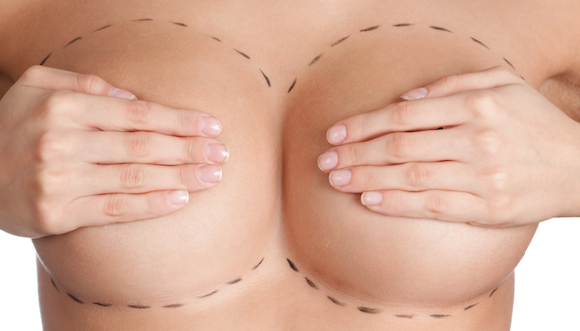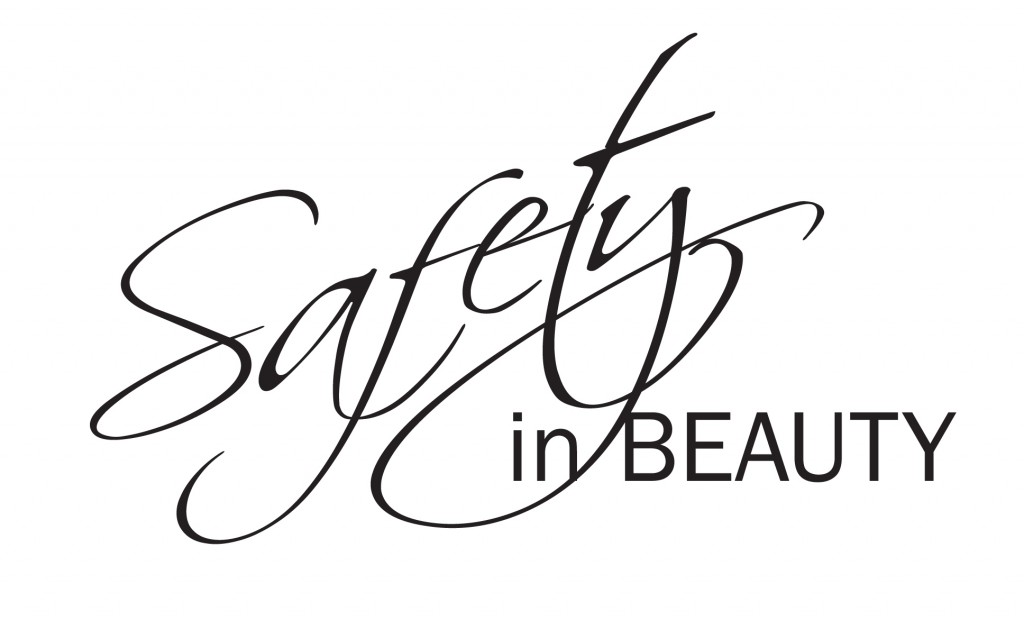Understanding the PIP Breast Implant Scandal

In 2013, one of the biggest healthcare scandals of the world hit the headlines when over 50,000 British women fell victim to faulty cosmetic breast implants inserted during cosmetic breast surgery operations.
The founder of a French company Poly Implant Protheses (PIP) that made the faulty breast implants was called Jean-Claude Mas, he was criminally charged for causing injury to hundreds of thousands of women world wide who were linked to this major health scare.
The now-defunct firm used low grade substandard ingredients at the time of manufacturing the breast implants.
It was discovered that they contained industrial-grade silicon gel, which had more contaminants than the medical-grade gel. This cheap industrial silicone, was meant for use in mattresses and other industrial products.
The faulty breast implants had a higher than normal incidence of rupture, though exact figures on this differ: French authorities put the rate of rupture at 5%, but in Britain it was thought to be around 1%.
Either way, many women suffered appalling consequences, both physically and emotionally, as a result.
More concerning, was the fact that these women had nowhere to turn to for recourse, support, or help. Many women were left high and dry, financially and physically. As a result of the desperate situation, several action campaigns were formed in the UK where the priorities focused on gathering clarity and facts for the impacted women to make decisions regarding their health and wellbeing.
The PIP breast implant scandal led to major national concerns, this in turn led to the Keogh Review being published, (a government led enquiry report produced by Sir Bruce Keogh)
The document suggested proposals and recommendations to improve the UK cosmetic interventions industry. Since publication, progress has been incredibly slow.
One positive step has been the implantation of t a Breast and Cosmetic Implant Registry by the NHS last month.
 What is the Breast and Cosmetic Implant Registry
What is the Breast and Cosmetic Implant Registry
The Breast and Cosmetic Implant Registry was launched on Monday the October 10th 2016.
It was developed by NHS Digital has developed, a short name for the Breast and Cosmetic Implant Registry is (BCIR).
The register is expected to capture the details of all breast implant procedures completed in England by both the NHS and private providers. The purpose of the register is to be able to trace all patients that have undergone breast surgery and all of the potential products (breast implants) used during those surgeries, easily and simply. Why? drawing from harsh experience from the PIP breast implant scandal the register will be able to assist in the event of a health concern or product recall. The registry will also allow the identification of possible trends and complications relating to specific breast implants or medical devices used.
The registry will only work successfully if patients are willing to have their details added in, permission from a patient is expected to be obtained at the same time, that the patient usually signs their consent form for a surgical procedure.
You can view Patient information leaflet and consent forms are available on this page http://digital.nhs.uk/bcir
NHS Digital has worked closely with the Department of Health, Medicines and Healthcare Products Regulatory Agency (MHRA), patient representatives, relevant professional bodies and other agencies to establish the BCIR. A Breast Implant Steering Group provided clinical input into the registry development and advised on content, governance and outputs.
All providers of breast implant surgery are expected to participate.
Data Provision Notices are to be issued shortly and will be available on this NHS page.
As a campaign, we are glad that this new registry symbolises a positive step towards patient safety and protection.
